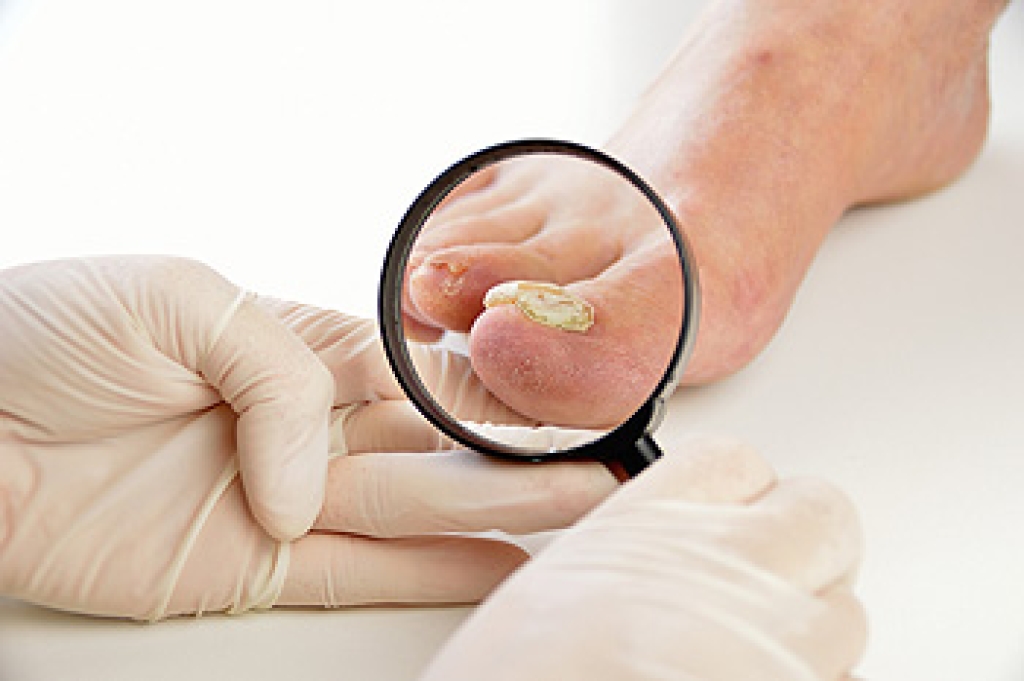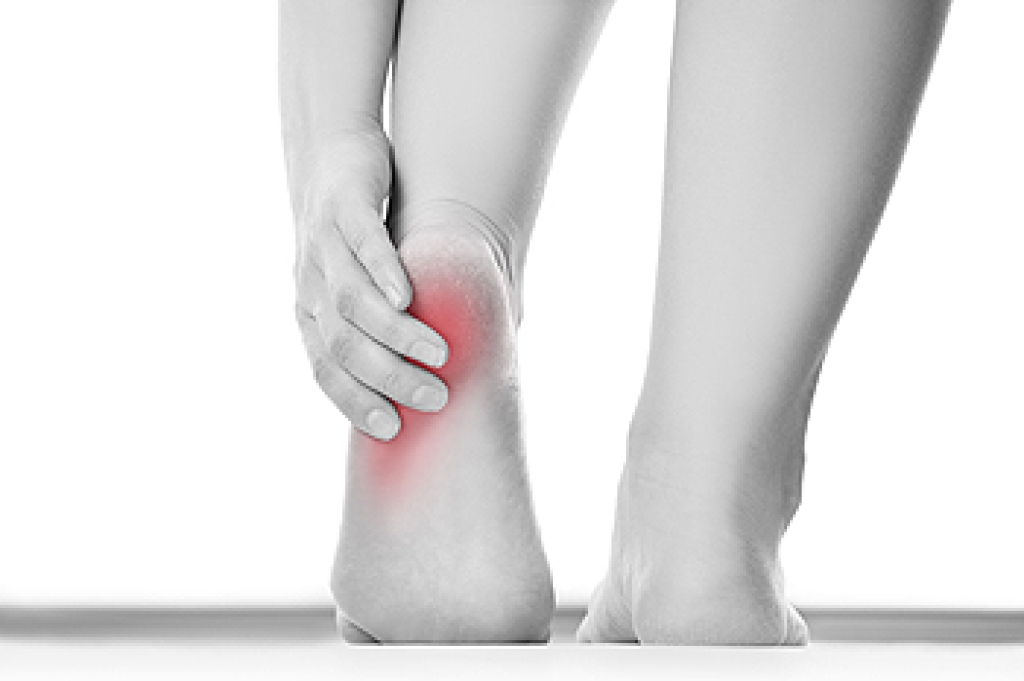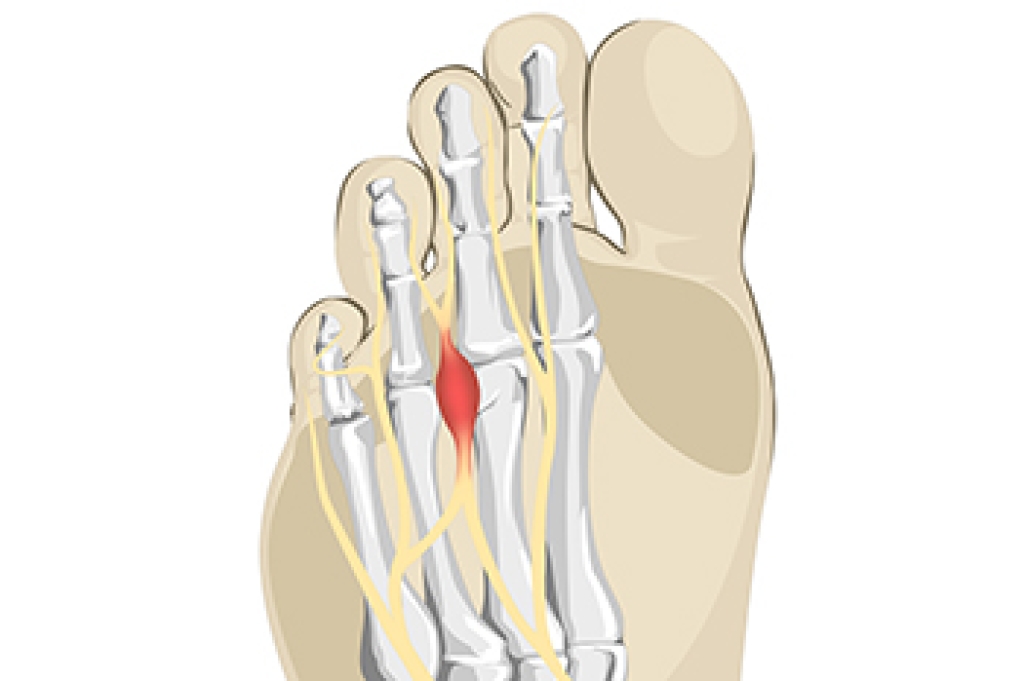Just like other parts of your body, your feet and toes have many muscles. These muscles can become cramped, leading to pain and difficulty walking. The pain is usually temporary and often goes away without treatment. Possible causes of toe cramps include having tight or weak muscles, a muscle injury, wearing poorly-fitted shoes, and being dehydrated. Sometimes, toe cramps can be a symptom of a more serious problem. For example, poor circulation can make the feet and toes ache and spasm, while nerve damage can cause pain, cramps, tingling, and numbness in the toes. Both of these conditions are often seen in patients who have diabetes. Another potential cause of toe cramps is arthritis, a condition that causes pain and inflammation in joints, including those in the toes. If you have persistent toe cramps that are bothering you, it is strongly suggested that you seek the care of a podiatrist.
Foot Pain
Foot pain can be extremely painful and debilitating. If you have a foot pain, consult with Warren Levy, DPM from Armitage Podiatry Center. Our doctor will assess your condition and provide you with quality foot and ankle treatment.
Causes
Foot pain is a very broad condition that could be caused by one or more ailments. The most common include:
- Bunions
- Hammertoes
- Plantar Fasciitis
- Bone Spurs
- Corns
- Tarsal Tunnel Syndrome
- Ingrown Toenails
- Arthritis (such as Gout, Rheumatoid, and Osteoarthritis)
- Flat Feet
- Injury (from stress fractures, broken toe, foot, ankle, Achilles tendon ruptures, and sprains)
- And more
Diagnosis
To figure out the cause of foot pain, podiatrists utilize several different methods. This can range from simple visual inspections and sensation tests to X-rays and MRI scans. Prior medical history, family medical history, and any recent physical traumatic events will all be taken into consideration for a proper diagnosis.
Treatment
Treatment depends upon the cause of the foot pain. Whether it is resting, staying off the foot, or having surgery; podiatrists have a number of treatment options available for foot pain.
If you have any questions, please feel free to contact our office located in Chicago, IL . We offer the newest diagnostic and treatment technologies for all your foot care needs.





